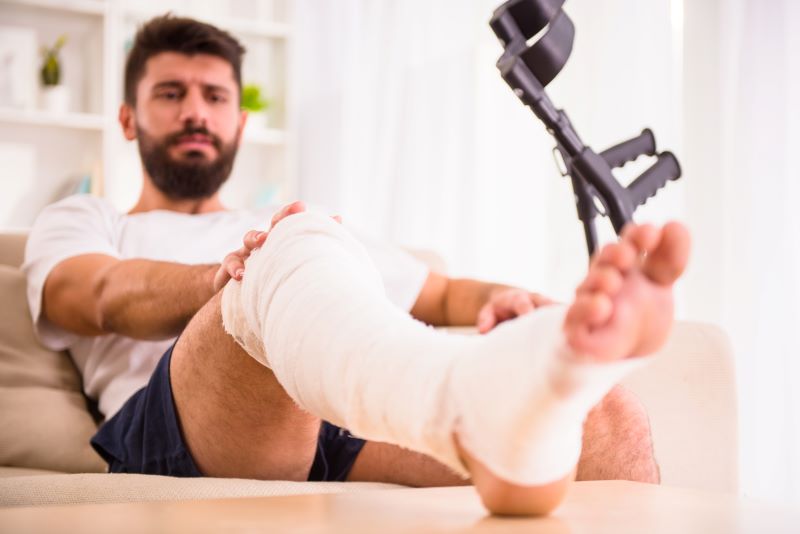Getting a work-related injury in your foot or ankle is nothing to laugh about. Your feet and ankles handle the weight of our bodies and are key to our mobility. Their responsibilities mean that they’re also likely to get hurt. So, it’s important to be careful and treat yourself if your feet or ankles are ever injured.
Workplace Accidents
Foot and ankle injuries are among the most common injuries in the workplace. Around 96,000 workdays were lost in 2018 due to foot and ankle injuries alone. Rates of injuries are influenced by the industry. Transportation, warehousing, mining, construction, manufacturing, and utilities for example have more foot and ankle injuries happening on the job. It’s also important to watch ourselves as we grow older, too. Workplace-related feet and ankle injuries happen more frequently with age.
Work position and flooring can also contribute to foot problems. Harder, unyielding surfaces such as concrete are especially uncomfortable for our feet. The heels would also take the force of any hammering. Slippery and uneven floors also contribute to falls, which can lead to twists, sprains, and fractures. Human feet were not evolutionarily designed for us to remain standing still for extended periods of time. Lengthy periods of standing are exhausting and can cause misalignment of our feet’s bones and joints that can lead to various conditions, such as flat feet or arthritis.
 Workplace Injuries
Workplace Injuries
Your foot and ankle can be hurt in different ways. Understanding the injury is key to treatment and recovery. Common injuries include straining, twisting, or crushing your feet or ankles in the workplace. Falls are also a common cause of foot and ankle injuries, alongside overexertion, repetitive motions, improper footwear, and consistently standing for long periods of time. Puncture wounds can occur when you step on something sharp. There are also potential injuries from hazardous splashes and burns. Serious sprains or fractures can even cause cartilage damage.
There are also more specific injuries that can occur that might need a medical professional to diagnose and treat.
Broken Feet
Broken feet and other foot-related fractures are a risk when dealing with heavy equipment that can lead to crushing.
 Lisfranc Fracture
Lisfranc Fracture
A Lisfranc fracture is when the Lisfranc ligaments that hold together the bones that form the arch of your foot are fractured and/or dislocated. This injury can be caused by falling, twisting, or crushing and should be treated immediately before it develops into arthritis in the middle of your foot.
Plantar Fasciitis
A common heel condition where the tissue that runs from the heel to the toes along the bottom of your foot is inflamed. The condition is often accompanied by pain that continuously worsens. Plantar fasciitis can develop from overuse and is a concern if your work requires long periods of standing or walking. Shoes that can help limit the onset of Plantar fasciitis can be shock absorbent, have low heels, and have removable insoles. In some cases, custom orthotics designed perfectly to fit your unique feet can be helpful in protecting the Plantar fascia tissue from irritation and inflammation.
Bunions
A bunion often takes the form of a bump on the side of your toe but the condition is more serious than it sounds. The bump is formed by your bones rearranging unfavorably and out of place. The deformity can be raised, rotated, or skewed. It is a condition that progressively worsens over time, making it critical to get treatment. A lot of people assume genetics is responsible for bunions. However, your gait cycle, long periods of standing, and inappropriate footwear can all cause the condition.
Achilles Tendonitis
Your ankle is supported by various tendons that can become inflamed or irritated due to overuse, which can cause tendonitis. When it comes to foot and ankle injuries, Achilles Tendonitis is the condition to be concerned about. Because the Achilles tendon connects the calf to the heel, its impairment or inflammation will cause pain every time you walk, run, jump, stand up, or anything else that requires your feet. The Achilles tendon can also tear, which will cause intense pain. Risk factors that increase the chances of Achilles tendonitis include flat foot, improper footwear, and running on inclines or slopes. The condition is more commonly associated with athletes and sports, but can still occur in other situations where your Achilles tendon is stressed from overuse, including in workplaces.
 What to do When You Have a Work Injury
What to do When You Have a Work Injury
If you have suffered a work injury, you need to get it treated right away. Neglecting treatment lead to greater difficulty in completing both home and work tasks. Additionally, ignoring treatment for what seems like small pains, aches, or injuries can lead to more serious issues later. Feet and ankle injuries are often covered by workers’ compensation if you suffered them on the job. If your foot or ankle were hurt in an auto accident, then auto insurance should help cover the injuries. Such systems and benefits are in place because an injured worker won’t perform as well as a healthy worker, leading to lost productivity. Workplaces have incentives to make sure your health is taken care of.
If you received a work injury, it needs to be reported within three years of the injury or within two years of the last workers’ compensation payment. Always remember to include a description of the injury in your file. After reporting the condition, you should be given more information on the procedures and benefits of the recovery process. It’s also important that you let your health or treatment provider know if you are filing the injury through workers’ compensation or auto insurance.
If you have a foot or ankle injury, or suspect you have one, you are welcome to book an appointment with us. Our caring team of specialists can provide you with diagnosis and high-quality care to make sure you’re back on your feet in no time. We can also help you with navigating insurance and compensations to make sure you receive the care you deserve!

